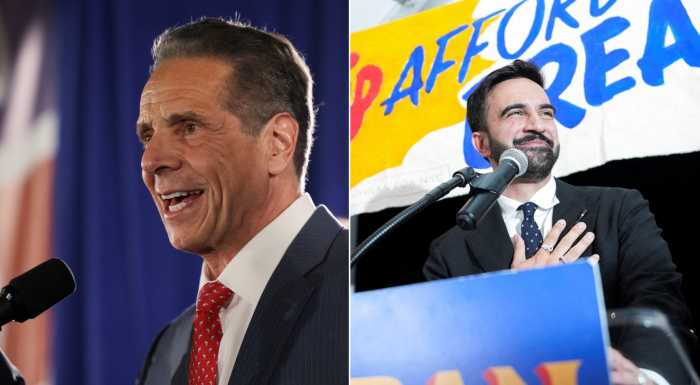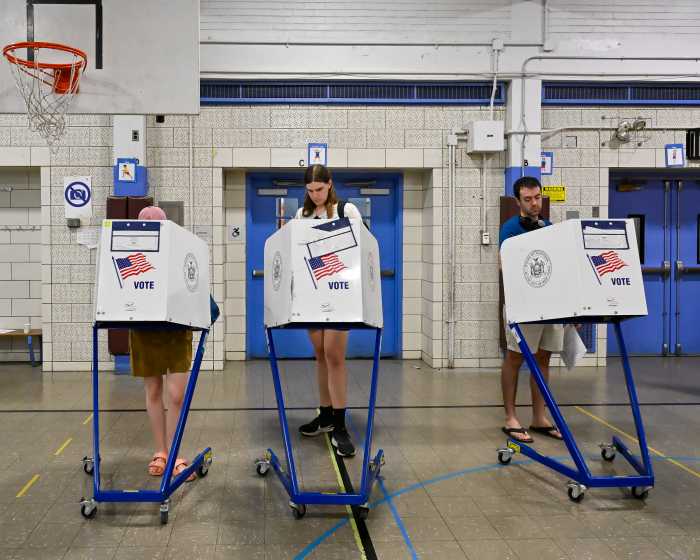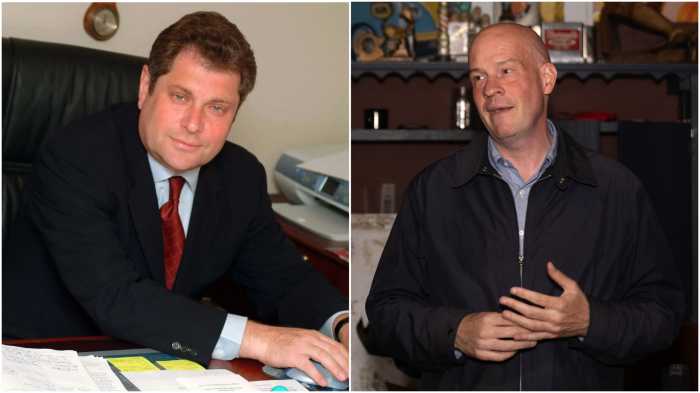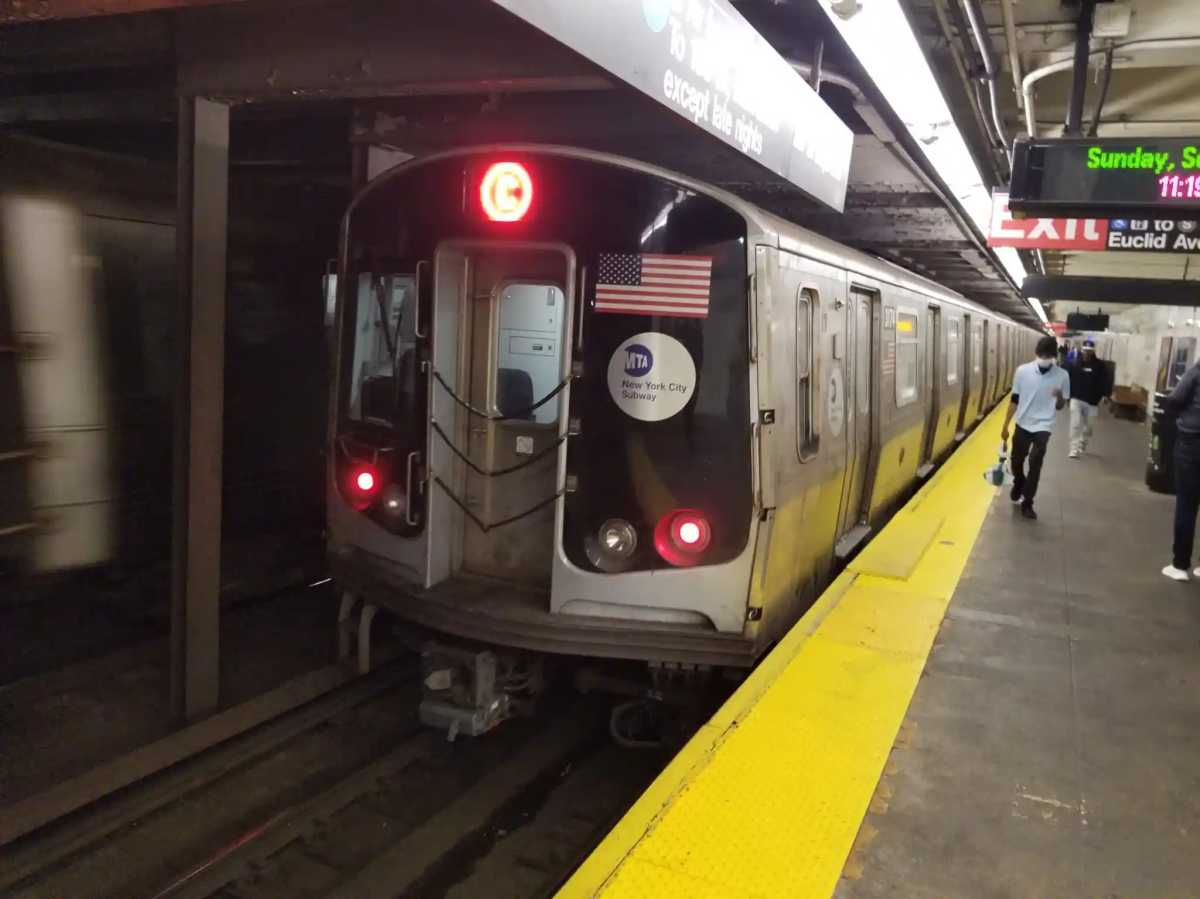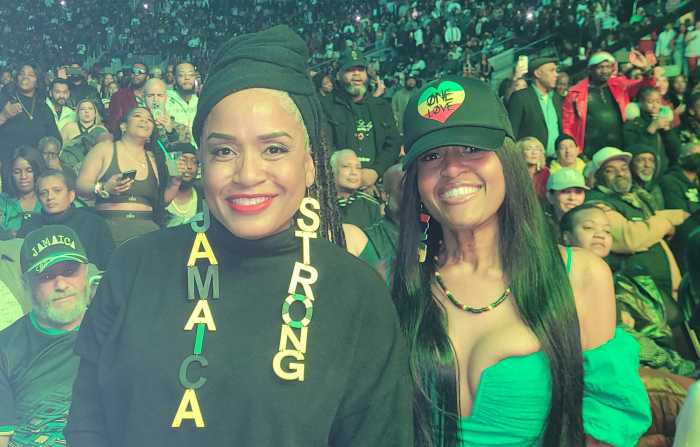Late on Tuesday night, newly-minted mayor-elect Zohran Mamdani celebrated his win at the Brooklyn Paramount.
The venue was appropriate: Mamdani won more than 50% of the vote citywide but received the most support in Brooklyn, home to New York City’s largest population of registered Democrats.
According to unofficial Board of Elections results, the Democratic Socialist won his highest share of votes and the highest number of votes in Brooklyn, scoring 57% of ballots for a total of 374,094 votes. Former governor Andrew Cuomo trailed with 37%.

Mamdani’s next-highest vote share was in Manhattan, where he took 53% of ballots, or 274,802 votes — 100,000 fewer votes than he earned in Brooklyn.
“New York, tonight, you have delivered a mandate for change,” the mayor-elect said in his victory speech. “A mandate for a new kind of politics. A mandate for a city you can afford. And a mandate for a government that delivers exactly that.”
Voters tossed out primary trends
The results were not totally unexpected. Brooklyn was also Mamdani’s strongest voter base in the Democratic primary, though he outperformed himself in the general and picked up support in neighborhoods Cuomo had won in the primary just five months earlier.
James Christopher, a political consultant and former spokesperson for the Brooklyn Democratic Party who consulted for Cuomo ahead of the primary, said voters who flipped from Cuomo to Mamdani may have been hewing to party lines. After he lost the Democratic primary, Cuomo opted to run as an independent, and appeared on the ballot on the “Fight and Deliver” line”
“I can’t put myself in everybody’s head, but I would say there are a lot of people I’ve spoken to who want to vote for the Democratic Party,” he said. “Even though Cuomo, he does have Democratic values — he didn’t just become a Republican or something — there are a lot of people I spoke to that say they want to support the Democratic nominee.”
The Brooklyn Democratic Party may also have influenced voters, he said. Party Chair Rodneyse Bichotte Hermelyn, who also represents AD42, initially endorsed Cuomo but embraced Mamdani almost immediately after the primary.
Others, though, thought the borough’s support of Mamdani in the primary influenced the party’s endorsement, not the other way around.
Citywide, Mamdani earned more support from Black voters, according to the New York Times, a reversal from the primary.

In Brooklyn’s Assembly District 58, which includes Flatbush and Canarsie and where 78% of residents are Black, Mamdani won 62% of the vote on Tuesday. He lost that district to Cuomo in June. He also flipped AD60 and gained significant support in AD42, which he won by a slim margin in the primary.
But Cuomo won two right-leaning Assembly districts, AD46 and AD49, which Mamdani had taken in the primary. Those districts include neighborhoods like Bay Ridge, Dyker Heights, Sea Gate, Coney Island, Bensonhurst and parts of Sunset Park.
No matter which way they flipped, those districts had one thing in common: much higher voter turnout in the general than in the primary.
Cuomo also swept in Brooklyn’s Orthodox Jewish communities, as he did in the primary. Per the New York Times, of all New York City neighborhoods, Cuomo performed best in Manhattan Beach, Borough Park and Midwood.

There are “a lot of shades of blue on the spectrum,” Christopher said, and many Democratic voters there prefer a candidate who is “self-admittedly more conservative.” Borough Park and Midwood overlap with Council District 44, where right-leaning Democrat Simcha Felder was re-elected after running on both the Democratic and Conservative party lines.
On the same night, though, some of the same neighborhoods that flipped for Cuomo — Bay Ridge, Dyker Heights, Coney Island and Sea Gate — elected a progressive Democrat, Kayla Santosuosso, to the City Council.
In what was expected to be a much tighter race in a famously “purple” area of Brooklyn, Santosuosso defeated Republican George Sarantopoulos by nearly 7,000 votes.
Though Santosuosso did not endorse Mamdani, their campaign platforms were fairly similar, and she served as chief counsel for outgoing Council Member Justin Brannan, who did endorse him.

Kristina Naplatarski, a political strategist and former District Leader, said she believed the dichotomy indicated that voters were choosing to support the values of individual candidates over their party.
“I think voters are really starting to split from a traditional playbook of ‘I vote Democrat down the line, I vote Republican down the line,’” she said.
Some locals had lawn signs for Santosuosso and for Republican mayoral candidate Curtis Sliwa, Naplatarski said, despite their differences.
“At least in this race, [voters] seemed to be more discerning about looking at the candidate themselves,” she said. “I think also candidates who really were speaking to bread and butter issues … seems to be a theme that is sort of transcending party lines now.”
Centering affordability in his campaign was Mamdani’s biggest asset, Naplatarski said.
Sarantopoulos, who lost to Santosuosso in CD47, seemed to agree. At his Election Night event, the candidate told Brooklyn Paper that residents had voiced concerns about public safety, quality of life — and affordability.
“Affordability, I believe that’s something us Republicans need to work on,” he said. “And I believe that’s why mayor-elect Mamdani, it sounds like, did well.”

While Mamdani struggled in Santosuosso’s new district, he performed extremely well in areas that re-elected progressive Democrats, like Park Slope, Williamsburg, Greenpoint, Clinton Hill, Fort Greene and Prospect Heights.
In those same neighborhoods, incumbent Democrats soared to re-election in the City Council. Alexa Avilés easily defeated a Republican in District 38; Shahana Hanif, facing three challengers in District 39, still earned 85% of the vote. In deep-blue northern Brooklyn, incumbent Democrats Lincoln Restler and Jennifer Gutiérrez both ran uncontested and still picked up more than 40,000 votes each.
In District 35, which includes Clinton Hill, Fort Greene, Prospect Heights — neighborhoods where Mamdani won big — incumbent Crystal Hudson faced two challengers and won 92% of the vote for a total of more than 53,000 votes.

Naplatarski said support for a candidate like Mamdani has been building in those neighborhoods for a long time. In 2020, she unseated a longtime District Leader in AD50 as part of a wider wave of victory for younger, more progressive candidates.
The same year, progressive Assembly Member Emily Gallagher was elected in AD50, and Hudson won her first victory in CD35. The following year, Brooklynites elected Restler, Hanif, Avilés and Gutiérrez to their first terms.
Those pols, she said, like Mamdani, have a “grassroots energy.”
“We’re seeing this not only in Brooklyn but across the city, really, this demand for electeds who seem like they are really from the community rather than part of a political establishment, and just a demand for new leadership,” Naplatarski said.
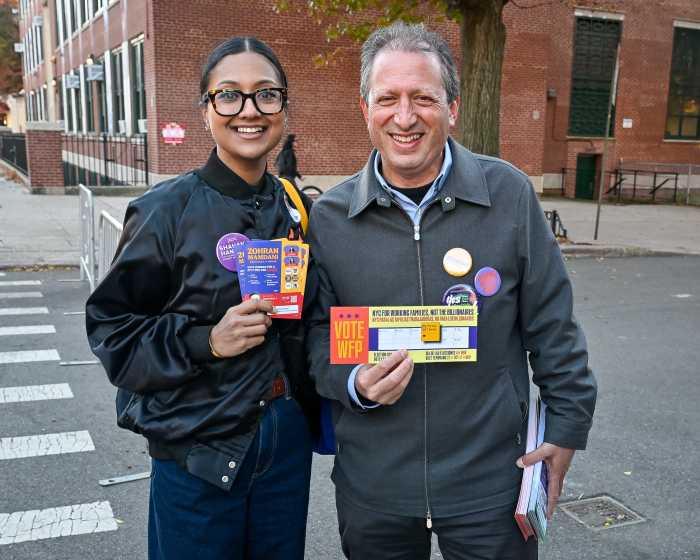
Mamdani’s support in Brooklyn was also boosted by the Working Families Party. He ran on both the Democratic and WFP lines, and earned more than 72,000 WFP votes in Brooklyn — more than in any other borough.
WFP’s “stronghold” in New York City Assembly District 52, Naplatarski said, which includes parts of Downtown Brooklyn, Boerum Hill, Cobble Hill, Gowanus and Park Slope and is represented by Democrat Jo Anne Simon.
“From what I know, that’s pretty on trend with the norm in terms of WFP vote coming out of Brooklyn,” she said.
What comes next?
Though Mamdani won’t take office until January, he started laying the groundwork for his administration just hours after the election. On Wednesday, he announced his all-women transition team, which includes former deputy mayor Maria Torres-Springer and former Federal Trade Commission chair Lina Khan as well as longtime nonprofit leader Grace Bonilla and former New York City Budget Director Melanie Hartzog.
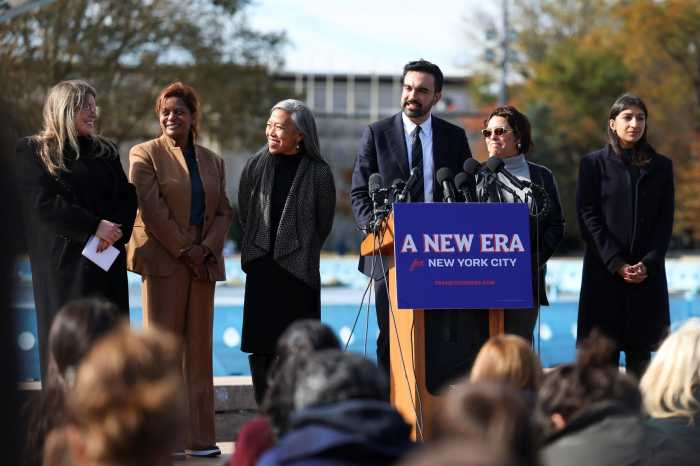
Choosing a team of “seasoned veterans” could ease the concerns of some Mamdani skeptics in Brooklyn, Christopher said. Many Cuomo voters were drawn by the former governor’s decades of experience, he said, and turned off by Mamdani’s relatively short political career.
“It seems like it indicates that he’s open to listening to others,” Christopher said. “Sometimes you have mayors, governors who say ‘My way or the highway.’ But it seems like he kind of understands he hasn’t been in this big of a role and he is open to working with people and listening to people.”



